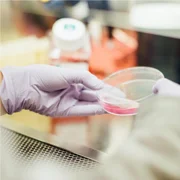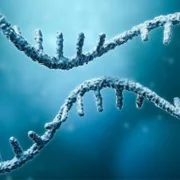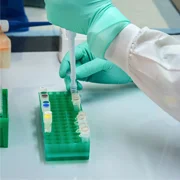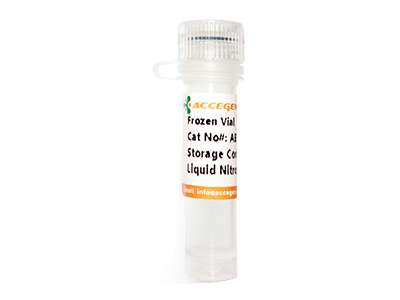-
Happy Holidays from AcceGen! Orders placed during Dec 22–Jan 2 will be processed and shipped after operations resume. Please plan ahead.
Featured Products
- In-Stock Tumor Cell Lines
- Human Orbital Fibroblasts
- Human Microglia
- Human Pulmonary Alveolar Epithelial Cells
- Human Colonic Fibroblasts
- Human Type II Alveolar Epithelial Cells
- Human Valvular Interstitial Cells
- Human Thyroid Epithelial Cells
- C57BL/6 Mouse Dermal Fibroblasts
- Human Alveolar Macrophages
- Human Dermal Fibroblasts, Adult
- Human Lung Fibroblasts, Adult
- Human Retinal Muller Cells
- Human Articular Chondrocytes
- Human Retinal Pigment Epithelial Cells
- Human Pancreatic Islets of Langerhans Cells
- Human Kidney Podocyte Cells
- Human Renal Proximal Tubule Cells
Primary Cells
Explore Products




 C6 is a rat glioma cell line originally derived from an N-nitrosomethylurea-induced brain tumor in an adult male Wistar-Furth rat. These cells exhibit fibroblast-like morphology and adherent culture properties, with a doubling time of 25-30 hours. Cytogenetic analysis indicates a diploid male karyotype. They overexpress glioma-associated markers such as S-100 and glial fibrillary acidic protein (GFAP), and they activate human tumor-relevant pathways, including PDGFβ and EGFR, mimicking key features of human gliomas. They display tumorigenicity in immunocompromised mice under subcutaneous inoculation with demonstrated metastatic potential to distant organs including lungs. C6 cells are also susceptible to neurotropic viruses, including lymphocytic choriomeningitis virus (LCMV), herpes simplex (HSV), and vaccinia virus. Its responsiveness to extracellular matrix (ECM) components through upregulated Ras pathway activity enhances its utility in studying tumor microenvironment interactions.
C6 is a rat glioma cell line originally derived from an N-nitrosomethylurea-induced brain tumor in an adult male Wistar-Furth rat. These cells exhibit fibroblast-like morphology and adherent culture properties, with a doubling time of 25-30 hours. Cytogenetic analysis indicates a diploid male karyotype. They overexpress glioma-associated markers such as S-100 and glial fibrillary acidic protein (GFAP), and they activate human tumor-relevant pathways, including PDGFβ and EGFR, mimicking key features of human gliomas. They display tumorigenicity in immunocompromised mice under subcutaneous inoculation with demonstrated metastatic potential to distant organs including lungs. C6 cells are also susceptible to neurotropic viruses, including lymphocytic choriomeningitis virus (LCMV), herpes simplex (HSV), and vaccinia virus. Its responsiveness to extracellular matrix (ECM) components through upregulated Ras pathway activity enhances its utility in studying tumor microenvironment interactions.